Whoever says anything, but “DSLRs” are systematically dying out. Yes, “big black cameras” are still relevant – for serious reporters. The rest are increasingly paying attention to the “mirrorless”.
The advantages of such solutions are enough: smaller dimensions and weight, in most cases the lenses are more compact. Plus, the ability to see the result even before pressing the button, more comfortable shooting in poor lighting conditions and a bunch of small chips.
Nikon, one of the leaders in the photo market, after a long wait, finally showed its full-frame system in July 2018. It includes two cameras – Z6 and Z7. Let’s look at the youngest today.
Appearance and ergonomics
The compactness of “mirrorless” is a plus, which for some turns into a minus. A small camera can be damn awkward for a man’s hands, and you have to twist your fingers unnaturally to get on the buttons properly. To be honest, I was afraid that Nikon would do something like that. Especially after “meetings” with some models from Sony.
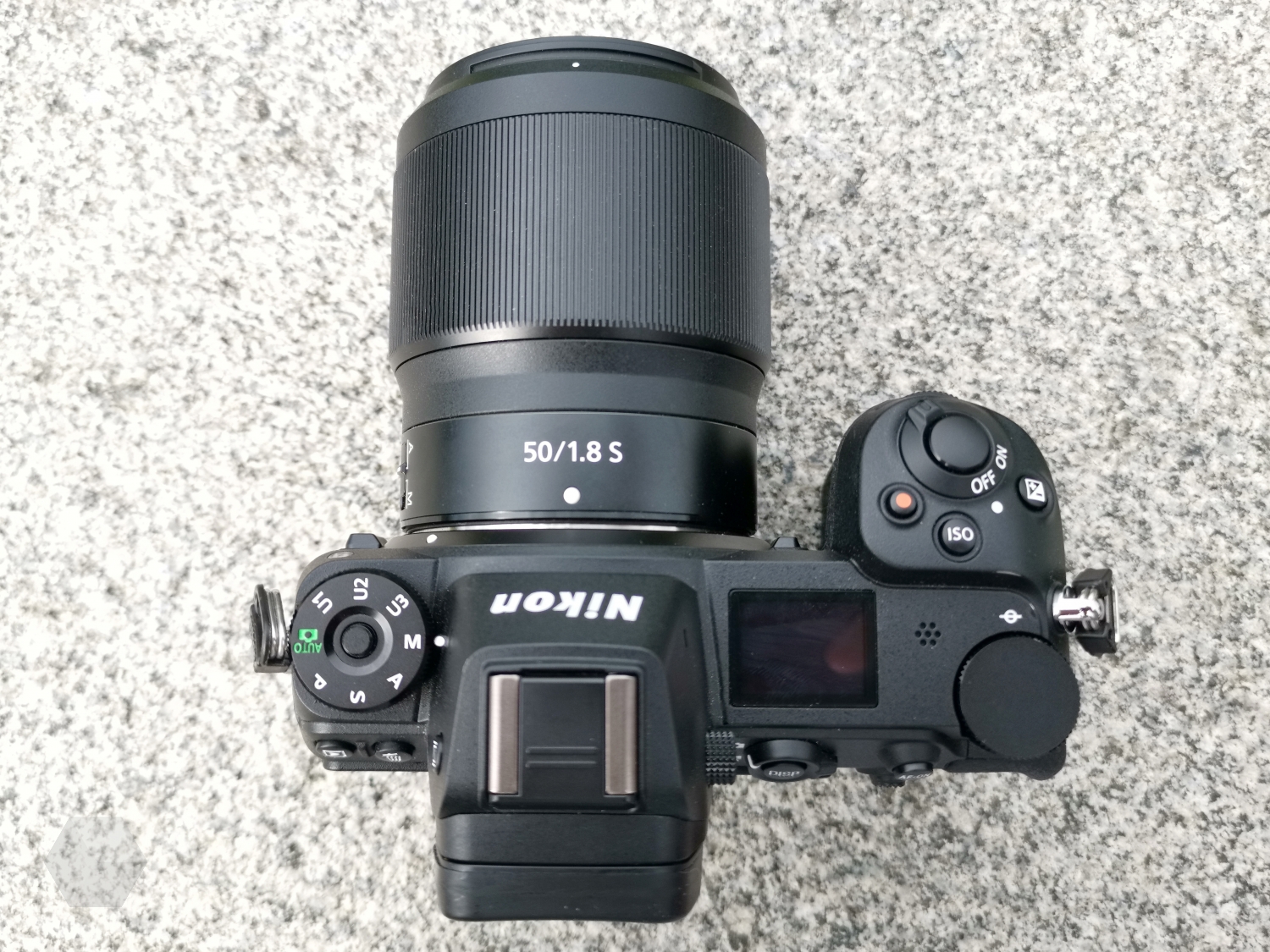
It turned out that he was afraid in vain. Feels like the Z6 in the hand is closer to ordinary DSLRs: fingers rest on the buttons, holding it with one hand is also quite possible. Well, many hours of work with it does not cause pain in the hands. Fine.
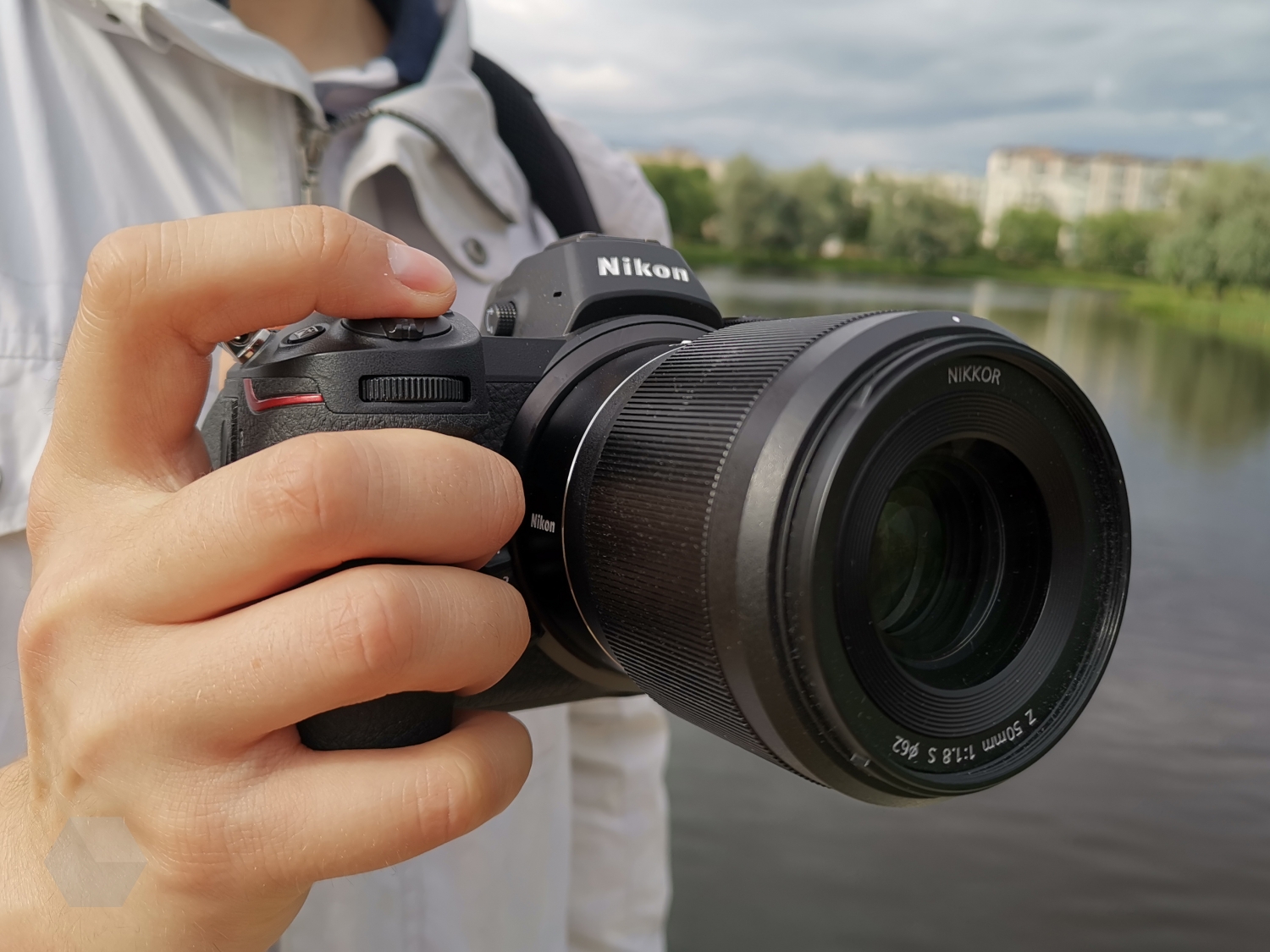
The case feels solid, reliable. I experienced much the same with my latest Nikon DSLR. Plus, the camera is protected from water and dust – everything is like in the best houses in Europe. I don’t understand at all how you can make modern high-quality cameras without this!
Switching on and off – according to the usual “Nikon” twist around the shutter button. A very convenient solution, as it allows you to turn on the camera even while taking it out of a photo bag or wardrobe trunk. It’s a little over a second.
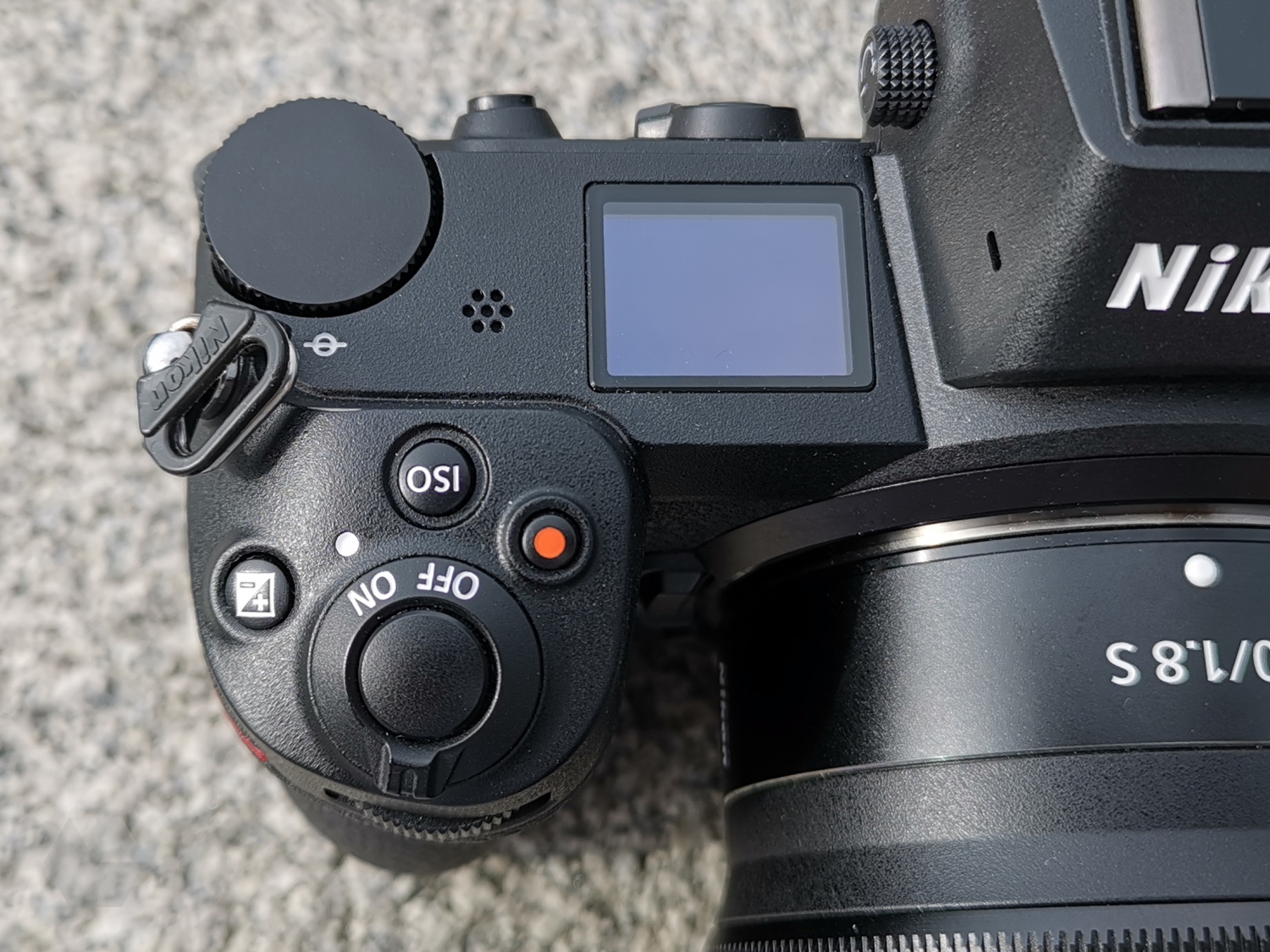
The shutter itself is moderately soft, the finger does not “fall” inward with a light touch, half-pressing for focusing is worked out precisely. Nearby there are buttons for exposure compensation, ISO settings and video recording. However, the latter works only when the corresponding mode is turned on. Is this good or bad? I do not know. All the same, in the video mode, the display of service information on the screen changes, and it is easier to immediately switch to it if you are going to shoot videos.
Also, the right hand can control one of the wheels (the second is under the forefinger in front) autofocus (configurable AF-ON button), switch photo-video modes and squeeze the small joystick to adjust the focus point. He is moderately tight, you won’t have to get used to it for a long time. Otherwise, the button layout will be familiar to users of Nikon’s “DSLRs”.
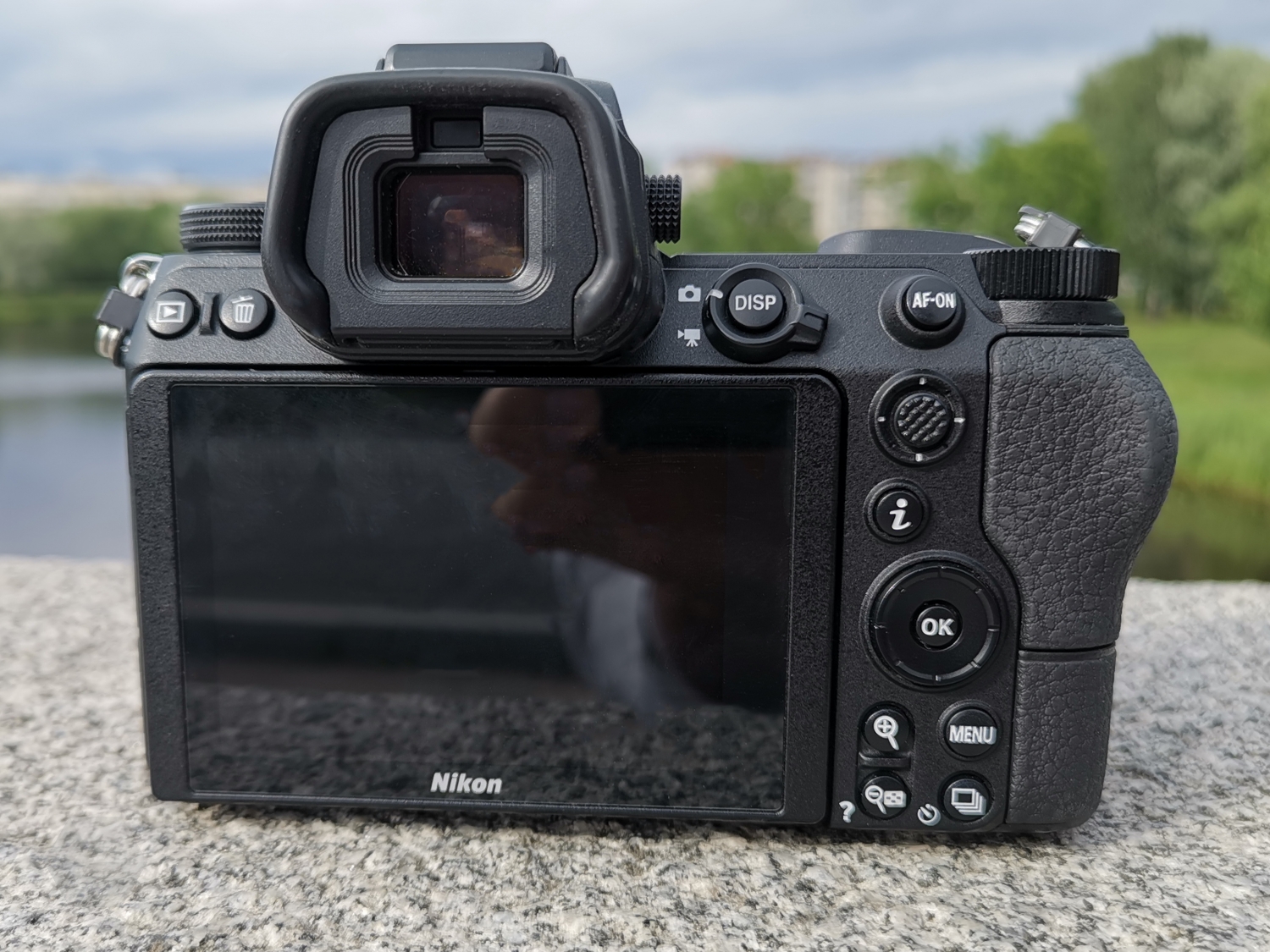
Some of them can be reassigned in the menu, as well as the two custom buttons Fn1 and Fn2 to the right of the mount. It turned out that it is most convenient to press them with the little finger of the left hand supporting the lens.
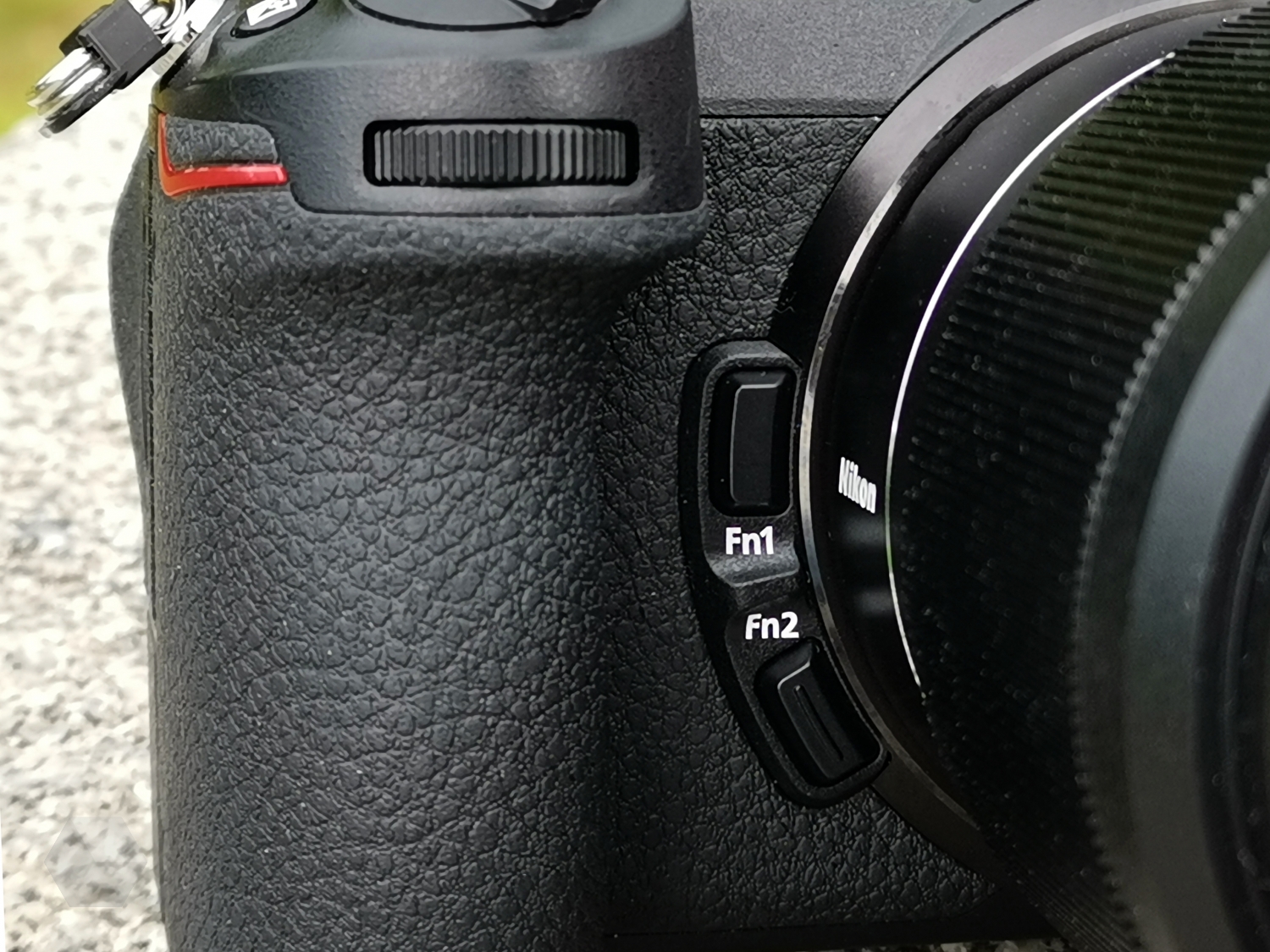
By the way, if you move the thumb tab to the right, the slot for memory cards will open. And this is where the fun begins, as the Z6 supports XQD cards. Yes, only XQD, no usual SD cards.
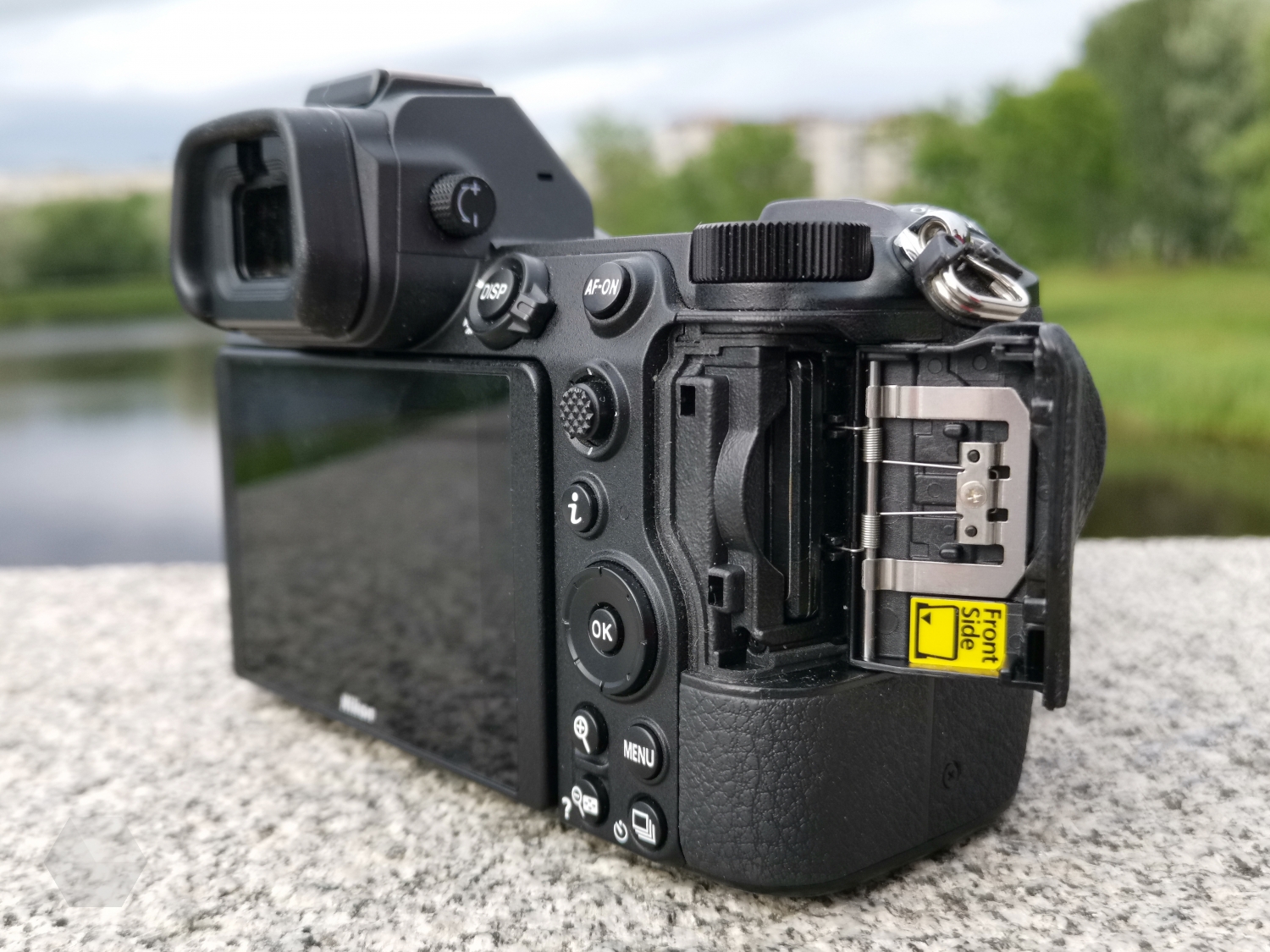
Although these cards are fast and reliable, they cost much more. Plus, you also need your own card reader. Why Nikon chose to make only one slot and only for XQD is unclear.
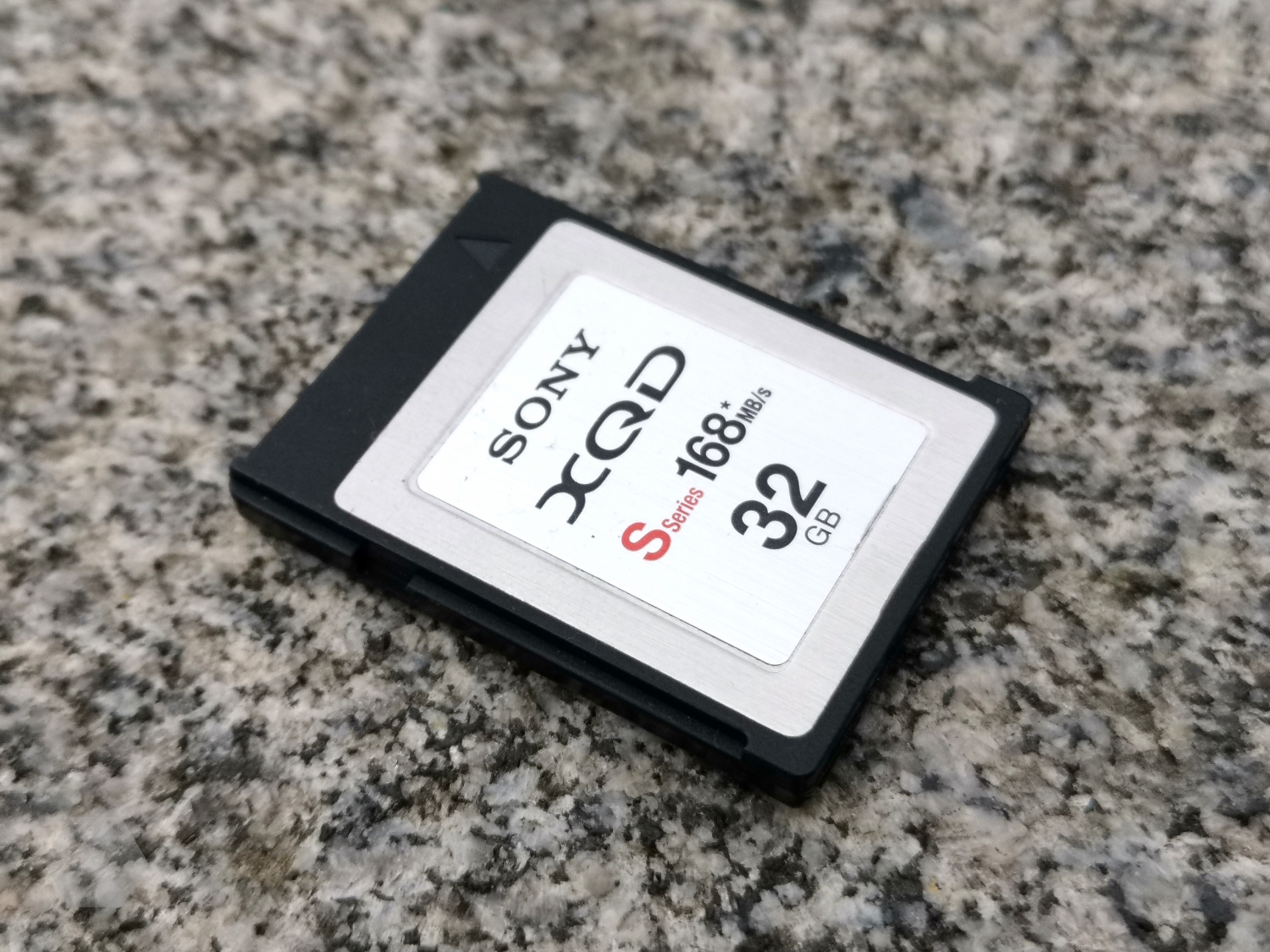
Switching between shooting modes was done using the wheel and the button in the center. Pressing it unlocks the ability to turn, so you won’t accidentally knock out the settings. Plus, there are three custom settings on the wheel, U1, U2 and U3. A sort of quick profile. Conveniently.
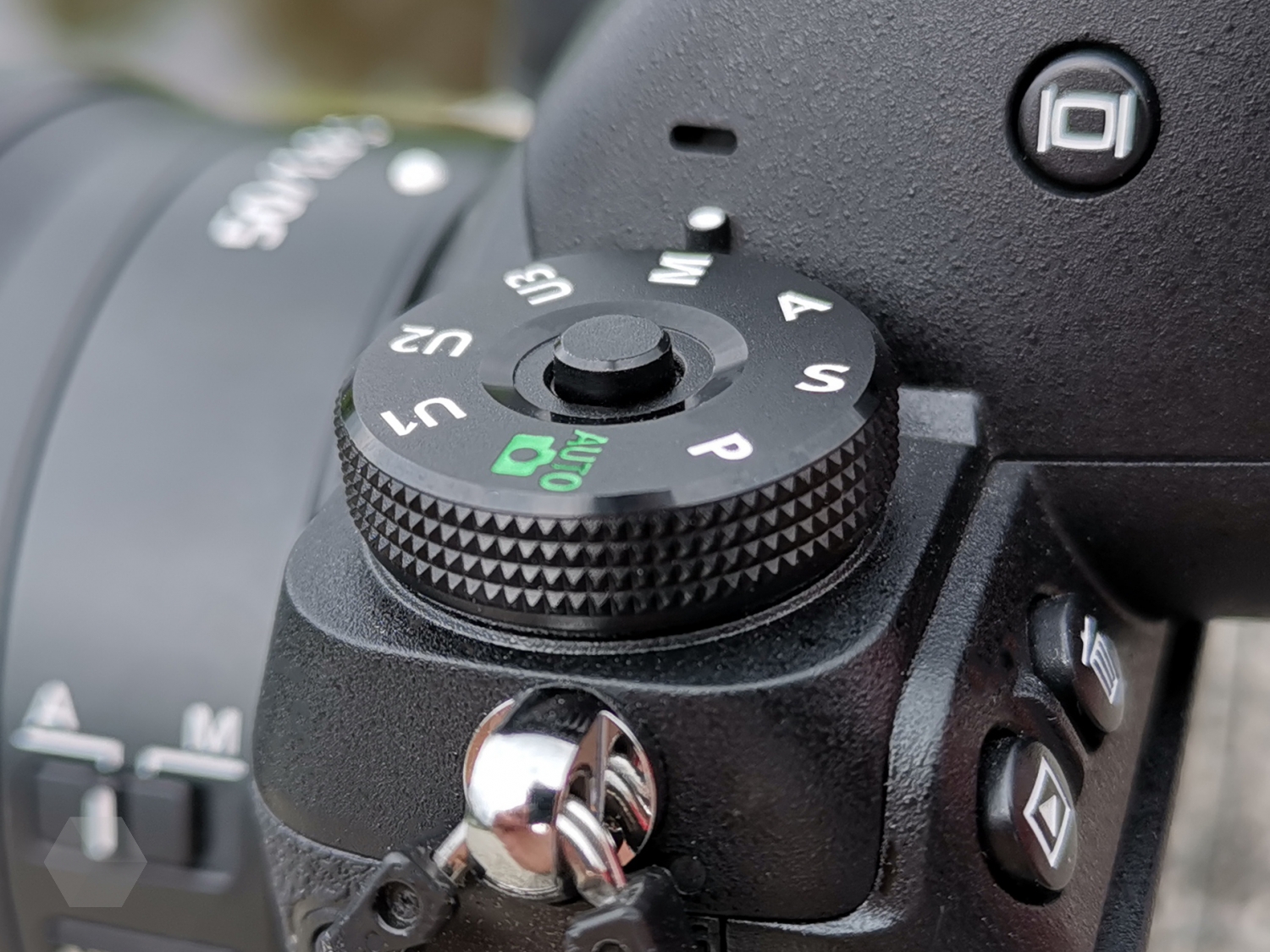
The screen is of good quality, rich in colors and, of course, a touchscreen. You do not have to use this, moving through the settings with the mechanical controls. It is a pity that it only leans up and down. Why not do additional bends to the side, not to mention more freedom? After all, it would be much more convenient to shoot, and even more so to write a video.
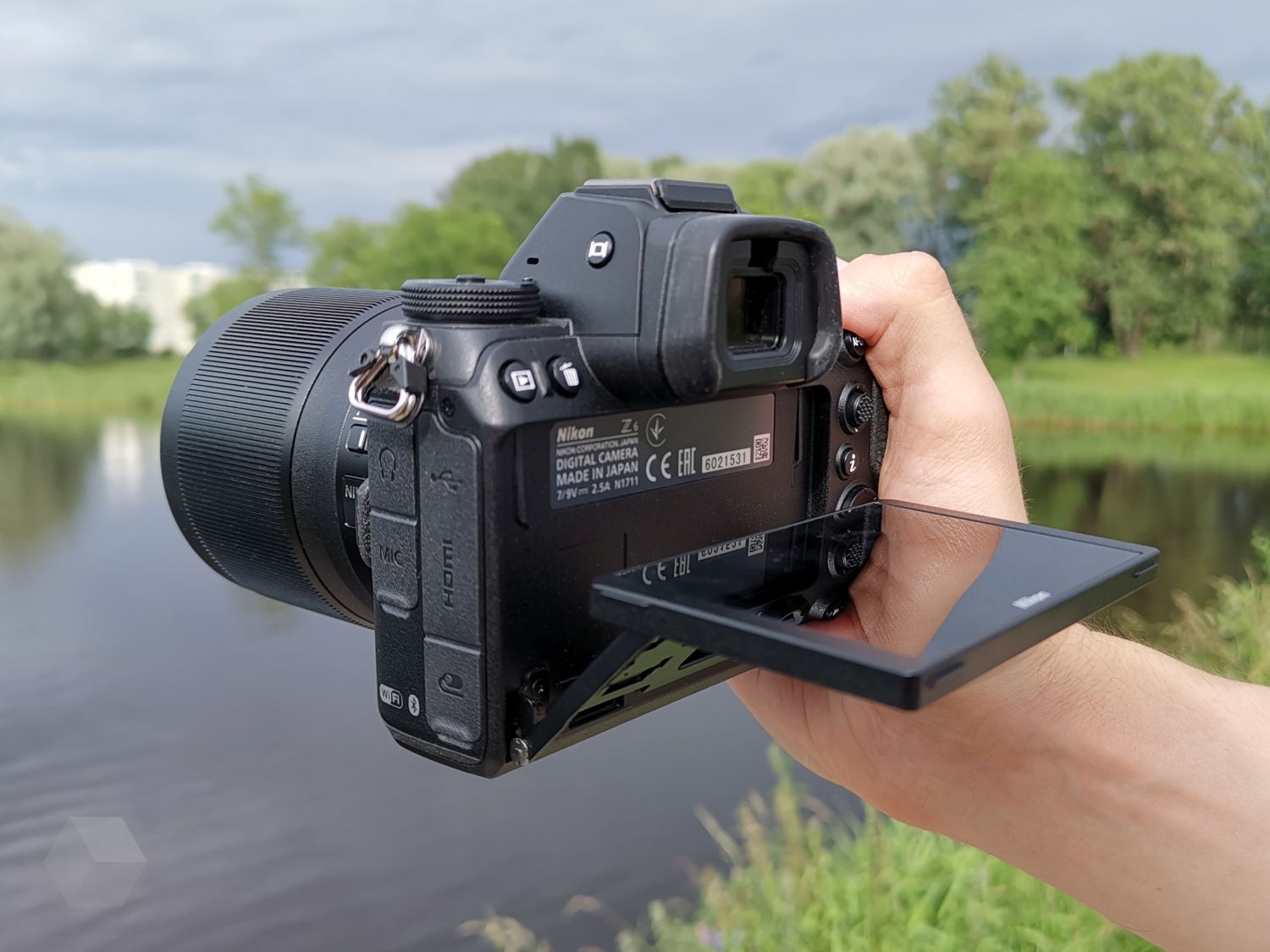
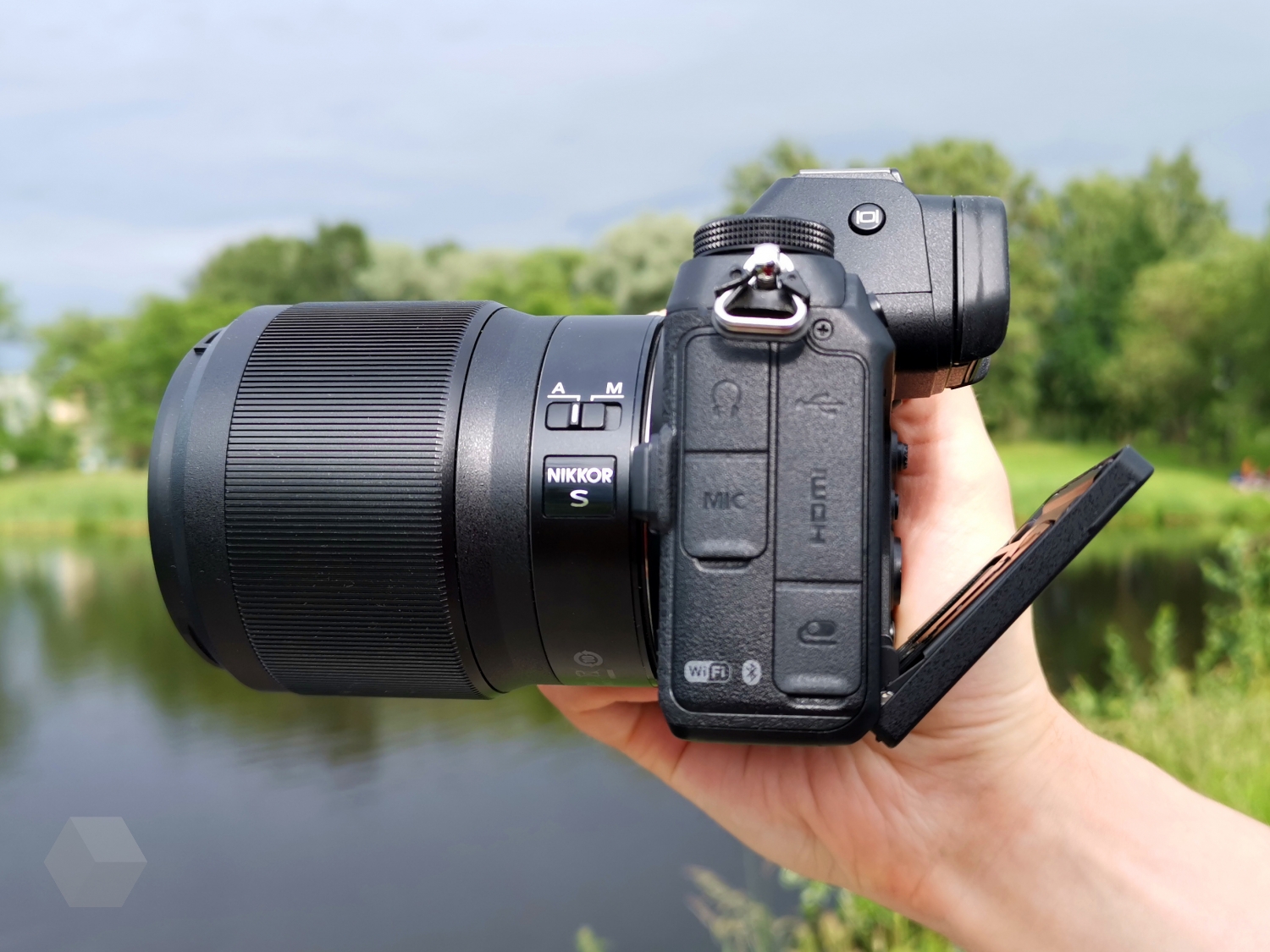
In addition to the large screen, there is a small screen on the upper part where the main shooting parameters are displayed. It remains readable even in the sun, and its brightness can also be adjusted via the menu.
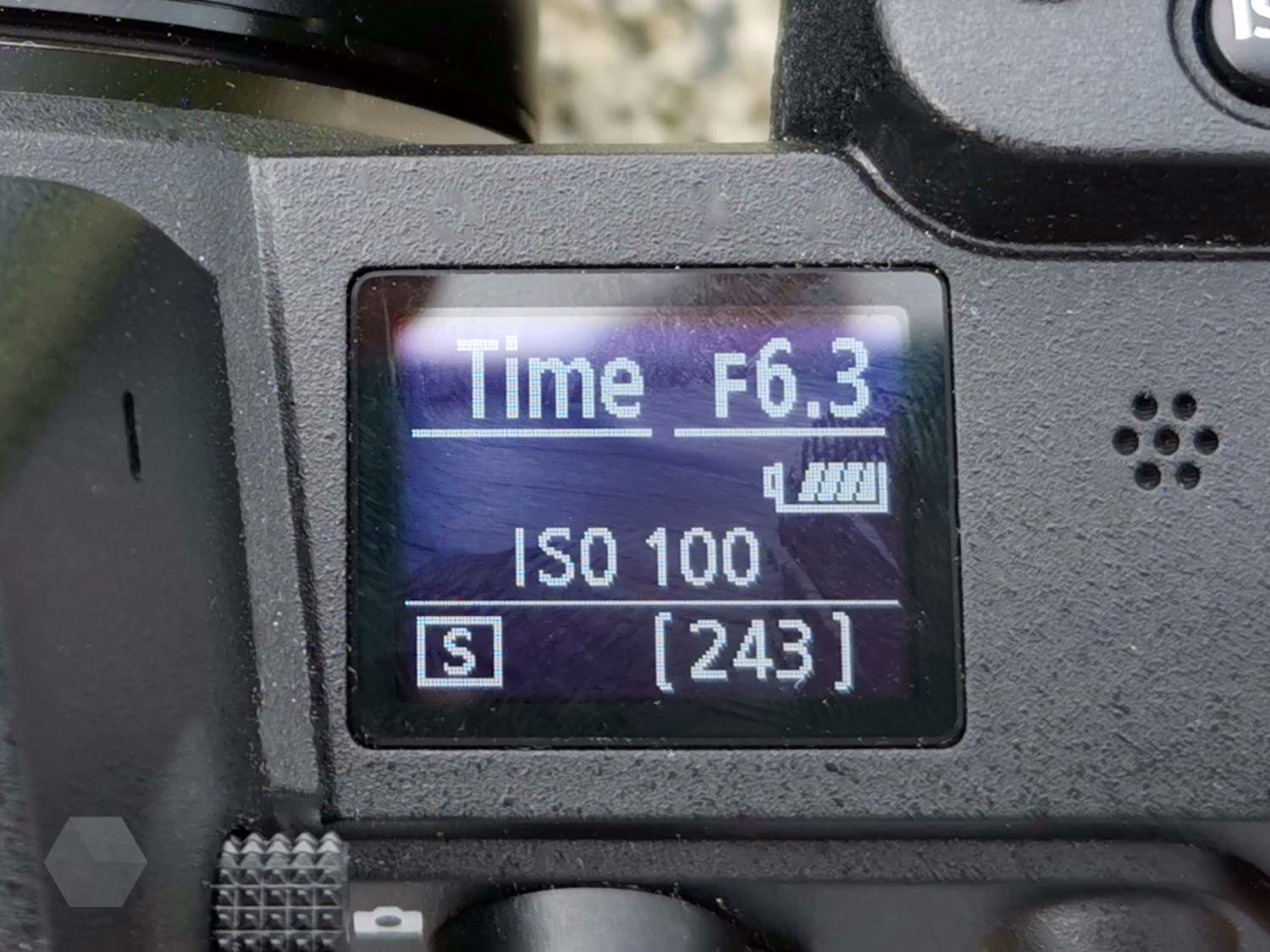
The digital viewfinder is very, very decent in quality. And the resolution is sufficient – 3,69 million points, and the refresh rate is high. The picture looks smooth and comfortable. The same Sony A7 III, for example, is noticeably worse.
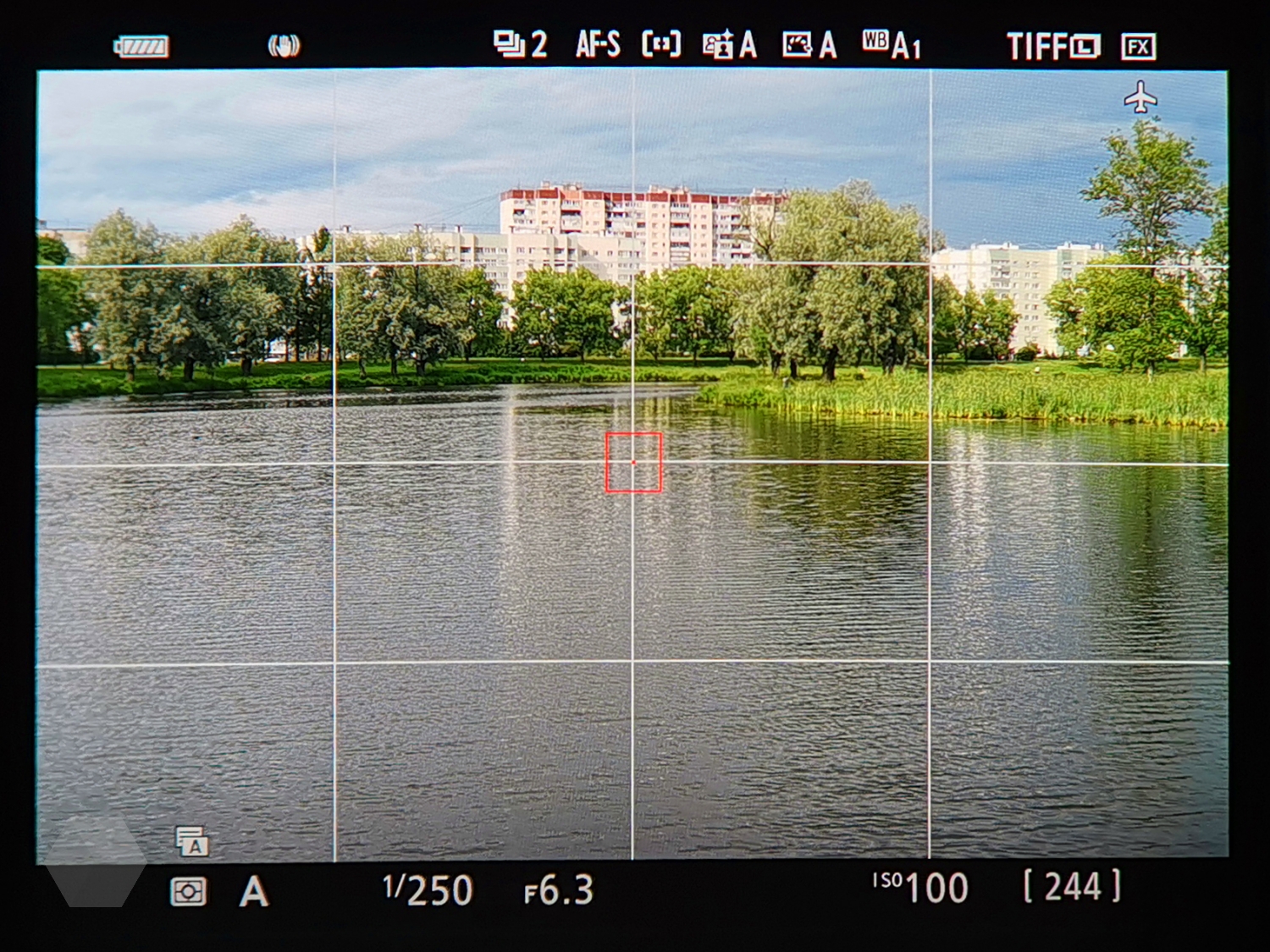
For people with poor eyesight, there is a diopter adjustment. You can also use the button to choose where the picture will be displayed – on the screen, in the viewfinder and what priority they have.
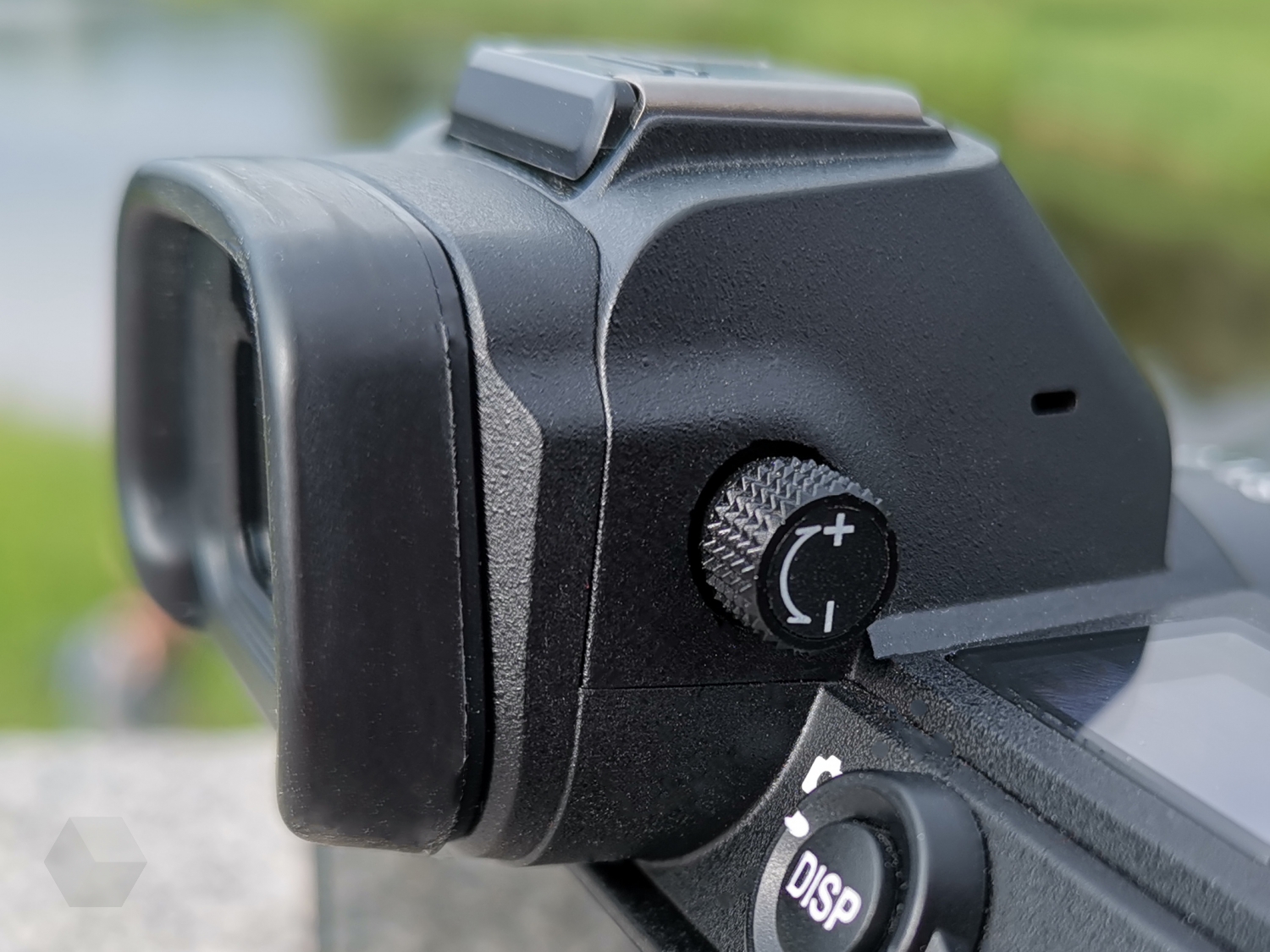
All the necessary connectors are available: microphone and headphone output for video, HDMI for outputting images to an external recorder, USB-C for charging, and even a special jack for the remote control.
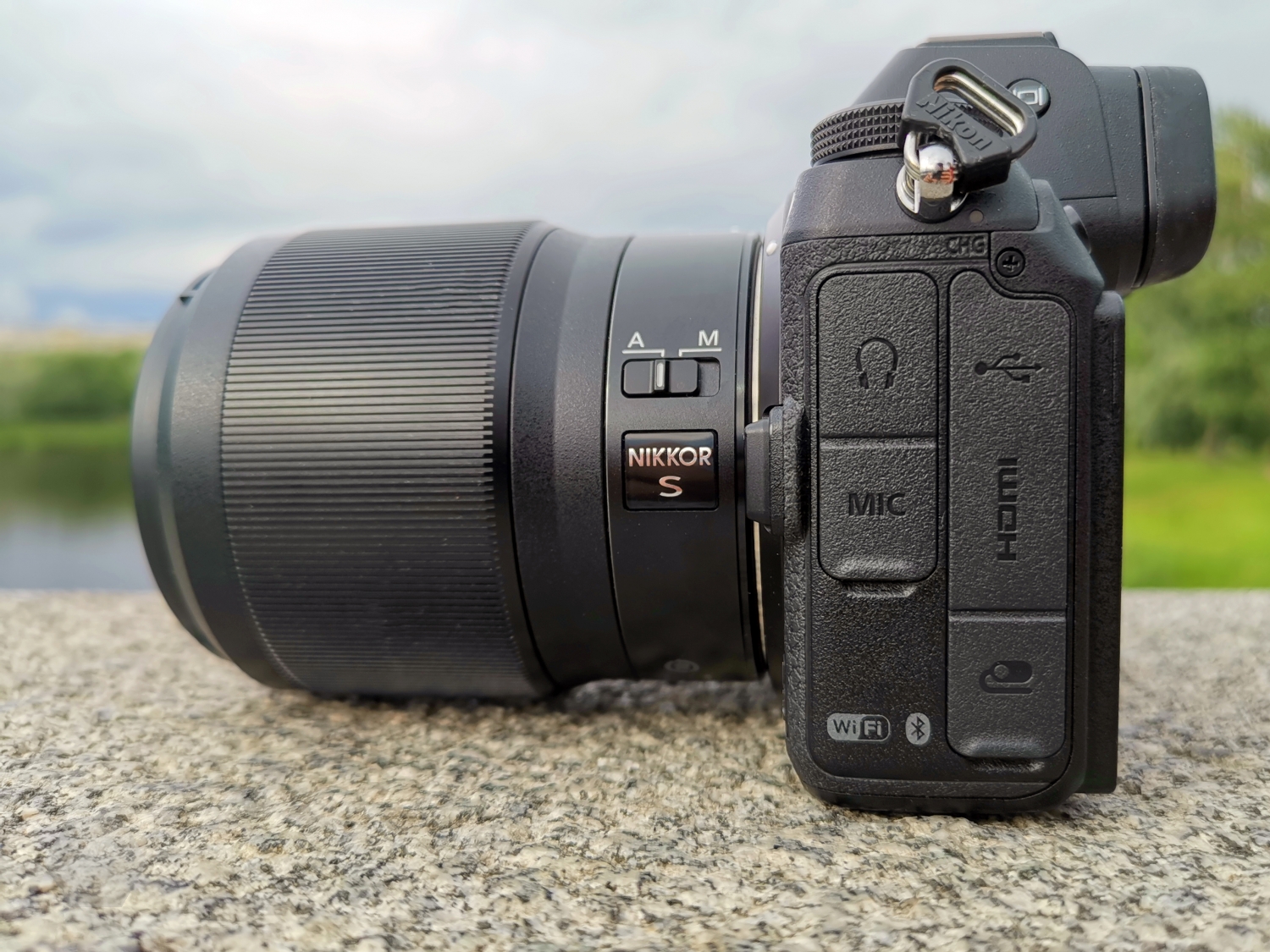
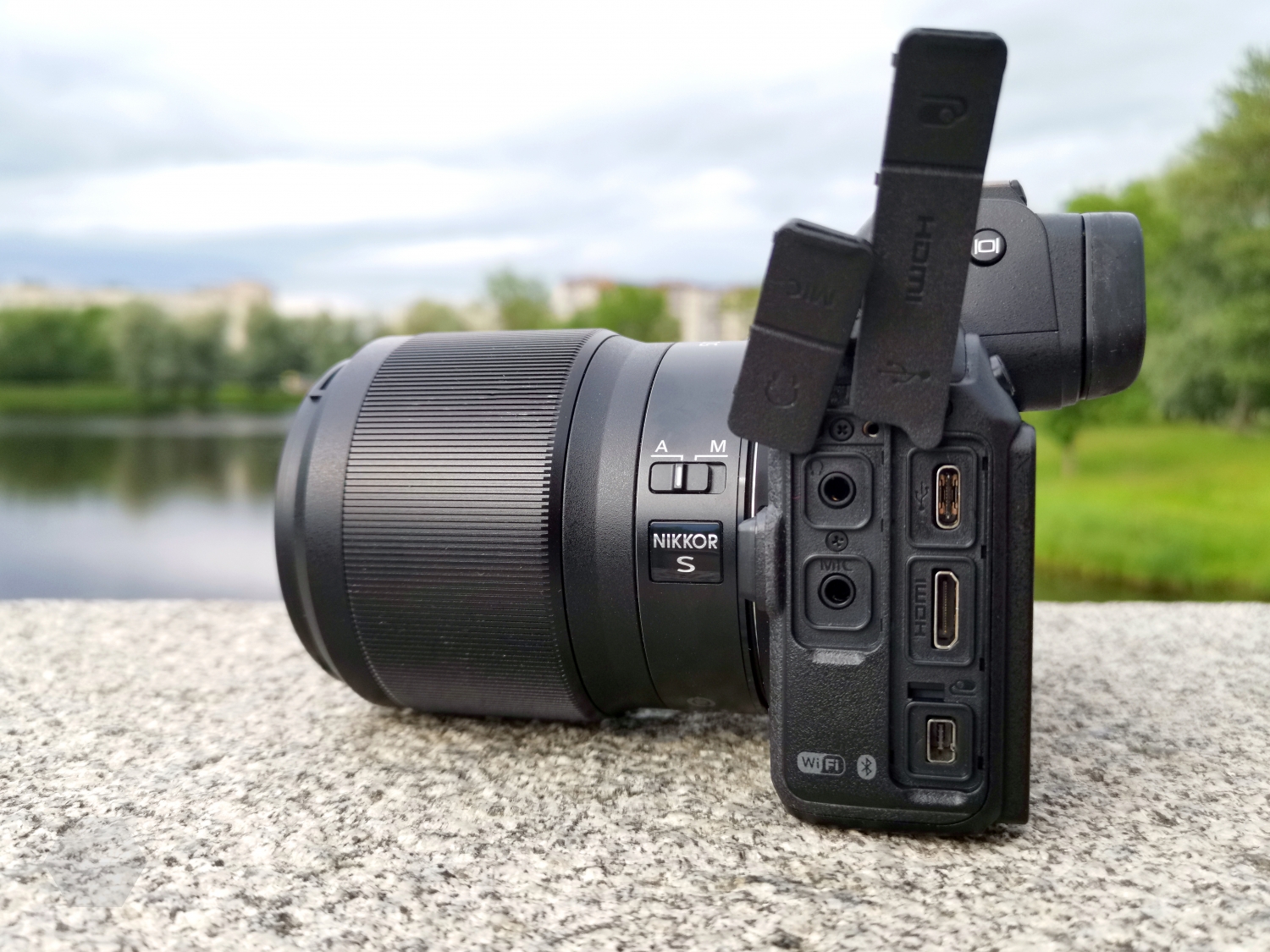
Everything is hidden under rubber plugs that can be opened in parts. And yes! They are attached from above and therefore do not hang out below the level of the camera when open, but neatly cover the inserted connectors on the cables.
Shooting speed, stabilization, focusing
The camera is really fast. Beats up to 12 frames per second. There are also two options for shooting – “faster” and “slower”, each can be adjusted to the desired speed. In RAW, writes up to 40 frames in a burst, if you use not the highest frame rate. If at the maximum, then 15.
The stabilizer is 5-axis, installed in the “carcass”. When shooting handheld, it proved to be amazing, allowing you to set a noticeably slower shutter speed. I could shoot a frame for 1/10 of a second or even a little longer without any problems, having received a clear frame.
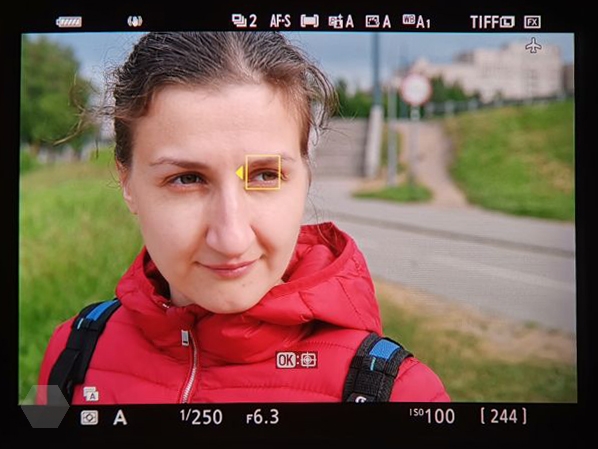
The focus here is hybrid – fast and surprisingly tenacious. There are different modes – from automatic zone selection and object tracking to a small point. There are 273 such points in total, covering 90% of the frame area. In very poor lighting conditions, it can sometimes ponder a little; in normal shooting, it is subjectively quite comparable to DSLRs. As an addition, there is an eye-focusing mode, which also helps a lot if there is a person in the frame.
Video
The camera can write 4K, however, up to 30 fps. But an external recorder can output a 10-bit stream plus support for N-Log curves. If you write to an internal card, then the stream is reduced to 8 bits. The more familiar Full HD is recorded up to 120 fps, plus there are slow motion video modes.
I was surprised that the microphones built into the camera can give themselves quite a decent sound. If you suddenly forgot an external microphone, or there is no need to write a voice through a buttonhole, then the recording quality is quite enough for intershum (the sound of the environment).
Photo
Full frame, 24,5 megapixels, backlit matrix. It is clear that many shots will then be edited and “developed” from RAW. But if you are lazy, you can choose the TIFF format and calmly get great pictures right away, without further conversion and twitching the sliders – the quality is very, very decent. Yes, for those who care: a low-pass filter is installed here.
Sensitivity quietly increases to ISO 6400. Up to this value, the picture is clear, with the correct colors. This is great if you are shooting indoors where flash is prohibited. Well, or you can shorten the shutter speed, for example.

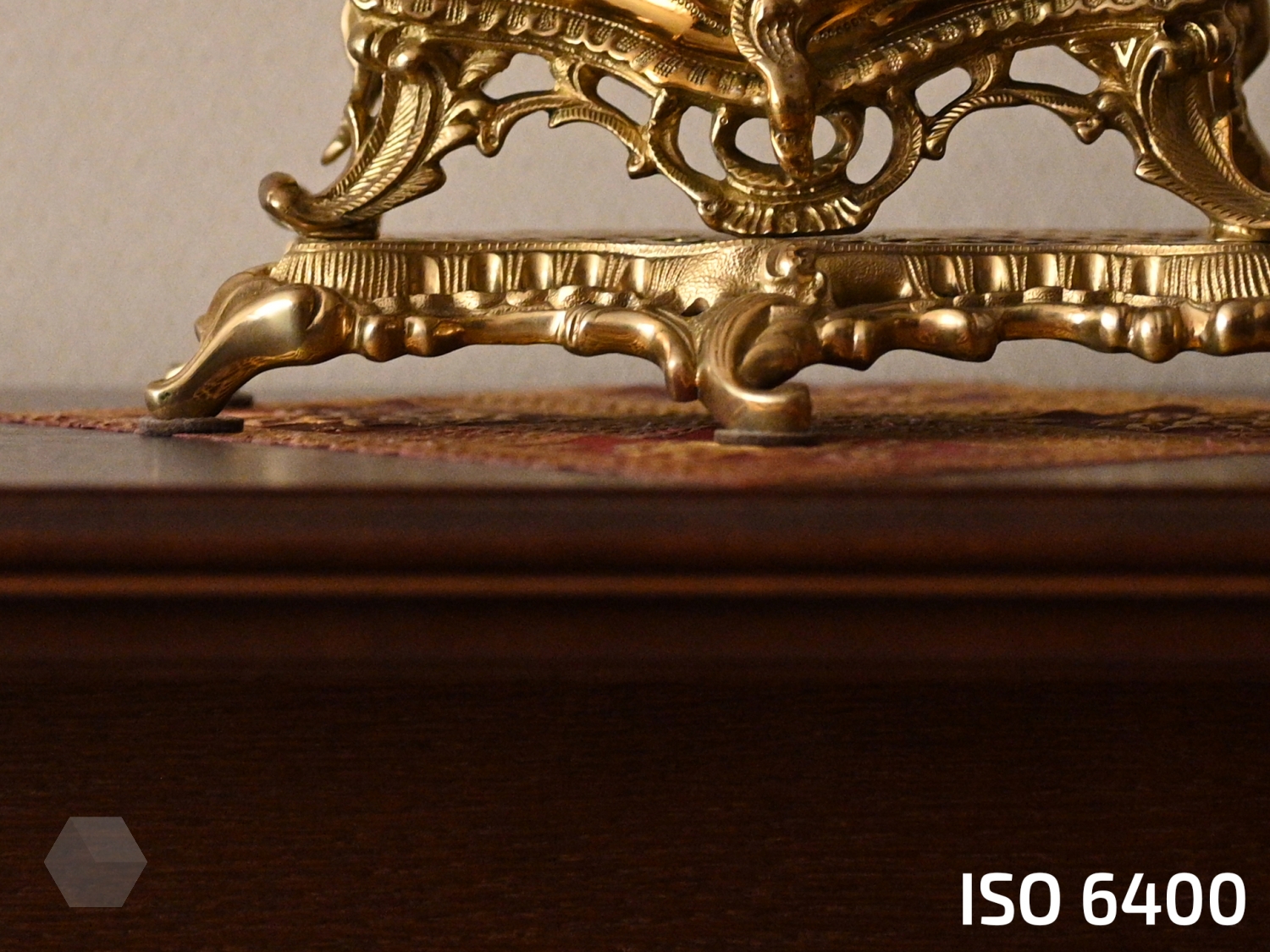
The maximum ISO without the “artificial” expansion of the ranges is 51 200. And with the expansion – 204 800. Even the usual maximum can be used only to shoot objects for their presence in the frame: eerie noises and unnatural colors will not give you a normal picture, but you can distinguish what happens, you can definitely.
The shutter speed can be selected from 1/8000 to 30 seconds. Naturally, there are Bulb and Time modes – for specific tasks when you need to set the minutes.
Nikon has both dedicated lenses for the Z-series and the default adapter for existing Nikon lenses. I had a chance to work with 30 / 1,8 and 50 / 1,8: they are quite sharp practically over the entire field of the frame, fast focusing, there are no noticeable distortions. In my opinion, a person who does not sit in studios looking for distortion percentages, everything is fine. Naturally, the “glass” is also protected from water and dust. Metal body available.
For me, the standard zoom 24-70 / 4 is also interesting (I was able to try it literally for ten minutes in the store) and its lighter version 24-70 / 2,8. In general, the company has big plans to support the new system; they are definitely not going to abandon it. They promise to release solutions for any task.
Working hours
It is stated that according to the CIPA method, the battery can produce 330 frames. They lie cheekily! I didn’t get less than 420-430! How it happened, I do not know: I looked through the frames and shot them not in series, but focusing frame by frame. All the same, at least a third more than stated! The maximum that I could get with my shooting mode is 467 frames. That’s a lot for a mirrorless camera.
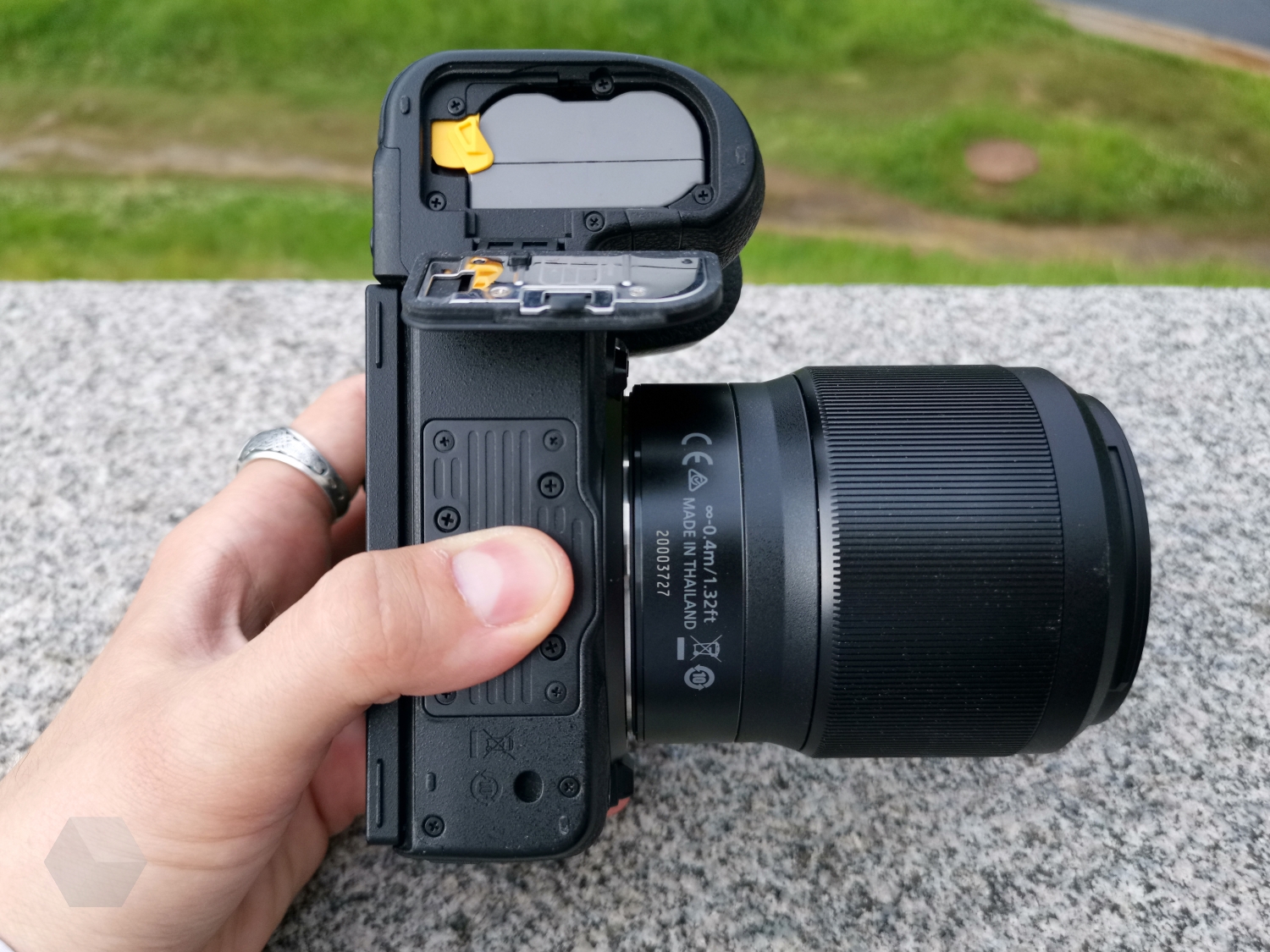
Yes, you can charge via USB or the classic method by removing the battery and inserting it into the native charger. Unfortunately, simultaneous charging and shooting is not possible. Maybe in future versions it will be added?
Impressions and results
Nice camera. Here is pleasant in all respects! And in the hands it lies well, and lives long enough for a mirrorless, and the picture is decent with pleasant colors for me right from the camera, and the video is of good quality. Even the shutter sound is soft and delicate, not a nasty punching sound. I, as a person closely connected with audio and all sorts of high-fi, appreciated it. After all, enduring a harsh sound during a shooting day is guaranteed to spoil your mood. And this will be very well reflected in the frames.
The presence of Wi-Fi and Bluetooth can be regarded as a pleasant addition, which, although it allows you to transfer frames to a smartphone and control the camera, additionally consumes a battery. Plus, all this pendant with settings, connections, connection stability on different devices is not for everybody. It turns out faster with your hands. And more reliable.
As a matter of fact, I have only two quibbles about the camera. And both will be directed in the same direction. The first is the price. The system turned out, in principle, not cheap: whole 134 990 rubles for a “carcass” with an adapter, zoom 24-70 / 4 costs 72 990 rubles… Yes! He is good – I had a chance to shoot them for an hour and a half. But it’s still a lot. About how much they ask for 27-70 / 2,8, I will not say anything. Although, again, I repeat that these are high-end Nikkor optics, and the camera itself is full-frame.
The second nitpick is a non-standard memory card. First, you will have to buy it additionally. Secondly, the prices are also rather big. Yes, and you can hardly borrow from friends, unless you come across a videographer.
But if you can afford such a thing and are ready to spend money on a really good solution, then I definitely advise you to go and get it. The camera turned out to be what you need!
Well, now – examples of photos. The frames were not processed, not corrected. The original format is TIFF, the color mode settings in the camera are set to standard values. Shooting exclusively with hands. Also on this camera were shot frames for reviews. Jabra Elite Active 65t и JBL Live 650 BT NC





